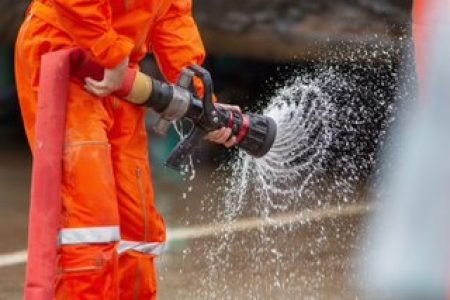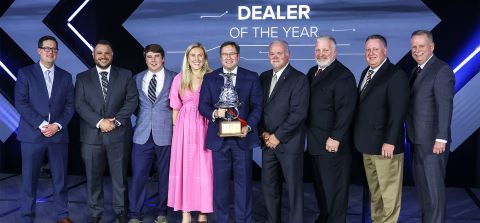What does the future of firefighter training look like and what technologies can we adapt to help retention rates and improve learning?
Firefighting training varies from country to country, especially due to climate and geographical terrain differences and common types of fires. For example, a UK based firefighter would not typically train repeatedly on how to deal with wildfires, but would be more versed in urban firefighting. There are some factors that remain consistent throughout any firefighting training, the substances used to suppress fire, the teamwork and manner in which one goes about it, priority and risk assessment, as well as realism.
Realism plays a large part in training, because aspiring firefighters must understand and comprehend the dangers of working on the front line, and how best to tackle live fires in order to be able to save people and assets without panicking. In addition virtual training can provided added scope on difficult fire scenarios to recreate, for example Hazmat.
Brian Hesler, Consultant and Specialist Advisor at Dräger Safety UK and former Chief Fire Officer for the Northumberland Fire and Rescue Service discusses how ‘realism’ has become one of the most important elements of modern firefighter training, and how the industry is balancing this against firefighter safety and protecting the environment.
Realistic training
While training has always been a critical part of a firefighter’s job, the need to provide more effective realistic training for our firefighters has become increasingly important in recent years. First and foremost is the welcome reduction in fires over recent decades. While in the 1970s and ‘80s it would not be unusual for many urban fire stations to attend up to 5,000 incidents every year, the improved awareness, education and fire safety measures have thankfully reduced fire incidents by close to 80%.
This means, however, that firefighters are not receiving the frontline experience that they did previously which supports maintaining competence and safe working. Training that enables firefighters to experience realistic incident scenarios is therefore essential to ensure firefighters are competent and confident in how they approach the wide variety of incidents they face.
The fact that there is now a greater variety of combustible materials used in furniture and interiors has also increased the need for focused training to demonstrate how these materials will react in different scenarios – it is no longer about training a firefighter to react in a situation, but rather to understand the science of fire and be able to predict what is most likely to happen in varying ambient conditions.
To read more exclusive features and latest news please see our May issue here.
Media contact
Rebecca Morpeth Spayne,
Editor, International Fire Buyer
Tel: +44 (0) 1622 823 922
Email: editor@firebuyer.com









